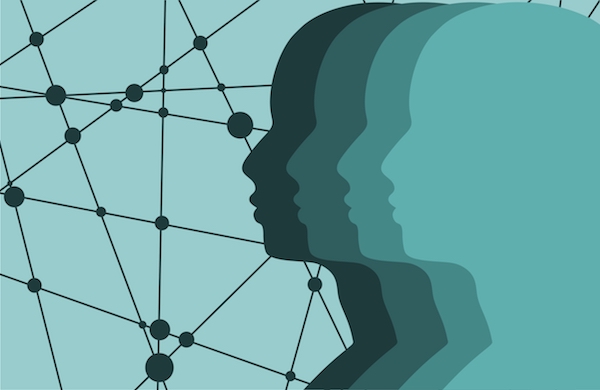Understanding Mental Health in the Workplace
By Jaya Koilpillai Bohlmann, M.A., APR
February 2020
Mental health remains a serious issue in the workplace; research shows that up to 60 percent of employees experience such issues.
This is troubling because we have to be mentally healthy in order to experience well-being. The most common indicators of mental health are:
- Resilience
- Managing stress effectively
- Owning and atoning for mistakes
- Mindfulness
- Engagement in fun
- Being kind to yourself
Maintain work-life balance.
The first step to mental health regulation in the workplace is gaining perspective and balancing your life. This means integrating work with family, friends, community, hobbies, religion — all parts of your life. While many organizations say they encourage employees to have balance, most still reward, or even require, long hours.
The United States is currently ranked 30 out of 38 countries in work-life balance. No wonder so many of us experience burnout in our careers. It’s time to change or risk our future well-being and work ability. Here are some things to try.
Stick to a set schedule. With flexible hours and remote work, it’s tempting to be connected to work. Many of us continue checking work email, social media and texts when we are with our families, running errands and even on vacation. Try the following instead:
- Ask yourself if you really need to respond to the email right now, or can it wait until tomorrow?
- Don’t encourage work-related texting.
- Set auto-responses on your devices that state when you can be reached (and what to do if it is an urgent matter).
- Divide on-call responsibilities among team members.
Build a vacation plan. A Glassdoor study found that 66 percent of Americans work on vacations. So don’t take a “work-ation,” fooling yourself into thinking you’re getting a break. Instead, unplug, change your scenery, breathe deeply and think about non-work topics.
Take breaks at work. When you’re at work, take regular breaks and eat lunch away from the office. Think of these as professional time-outs, where you can meditate or simply close your eyes, breathe deeply and empty your mind. If your workplace offers a relaxation area, use it. Refuel with high-energy, protein-rich foods for a longer-lasting boost than caffeine or sugar, and stay hydrated with water rather than soda.
Create a positive culture.
#MeToo, #TimesUp and other movements have brought harassment to the forefront of workplace discussions. Organizations have started programs to minimize the impact of bullying and harassment. These programs, however, can’t be effective unless the organization has a culture that takes employees seriously when they report harassment and sanctions bullies and harassers.
Provide support.
Corporate wellness programs typically focus on work-life balance, but innovative companies are moving toward a more holistic approach to mental health issues, offering more than the traditional employee assistance program.
To know what is most needed in your organization, ask your employees and pay attention to what other companies are doing. Some companies find that a peer-to-peer approach works best, where troubled employees talk to their peers rather than HR or their bosses.
Peer “listeners” are trained to provide support and counsel and to recognize when an employee might be facing a challenge requiring professional help.
Know the signs of distress.
Some of the steps outlined here will help you and your co-workers stay on a mentally healthy track. If you or your co-workers are experiencing any of these symptoms, it could be time to seek help.
- Noticeable changes in behavior
- Uncharacteristic anger, anxiety, agitation or moodiness
- Withdrawal from or discomfort in social situations
- Poor judgment, engaging in risky behaviors or diminishment of self-care
- Signs of extreme hopelessness or of being overwhelmed
photo credit: gral



